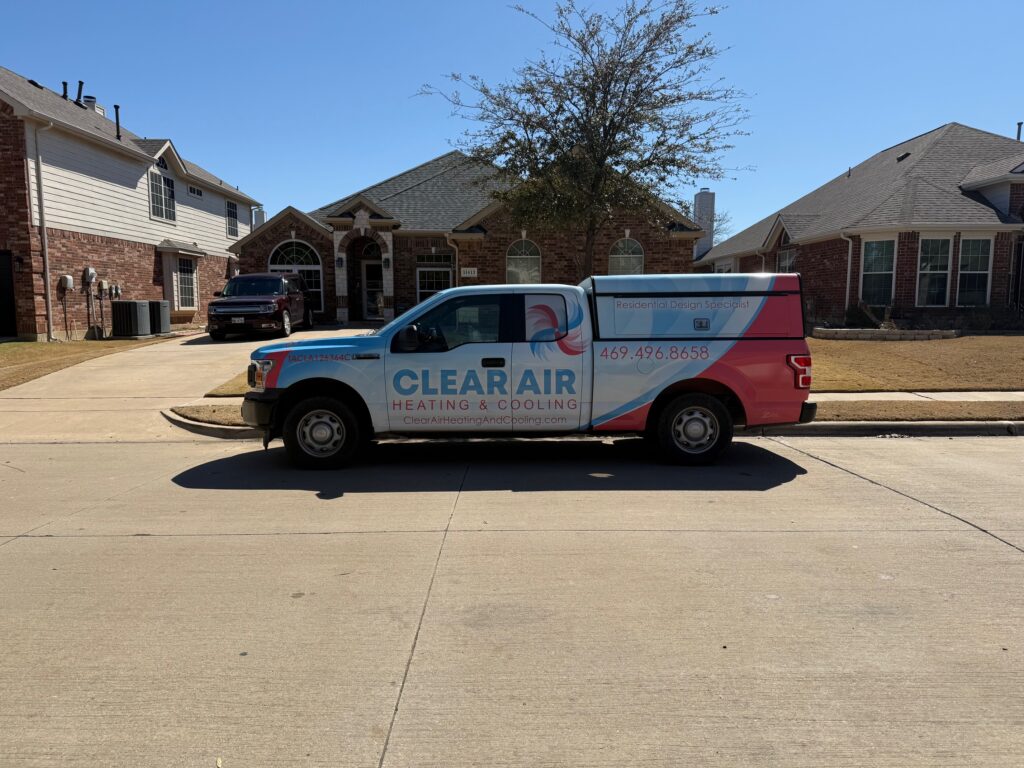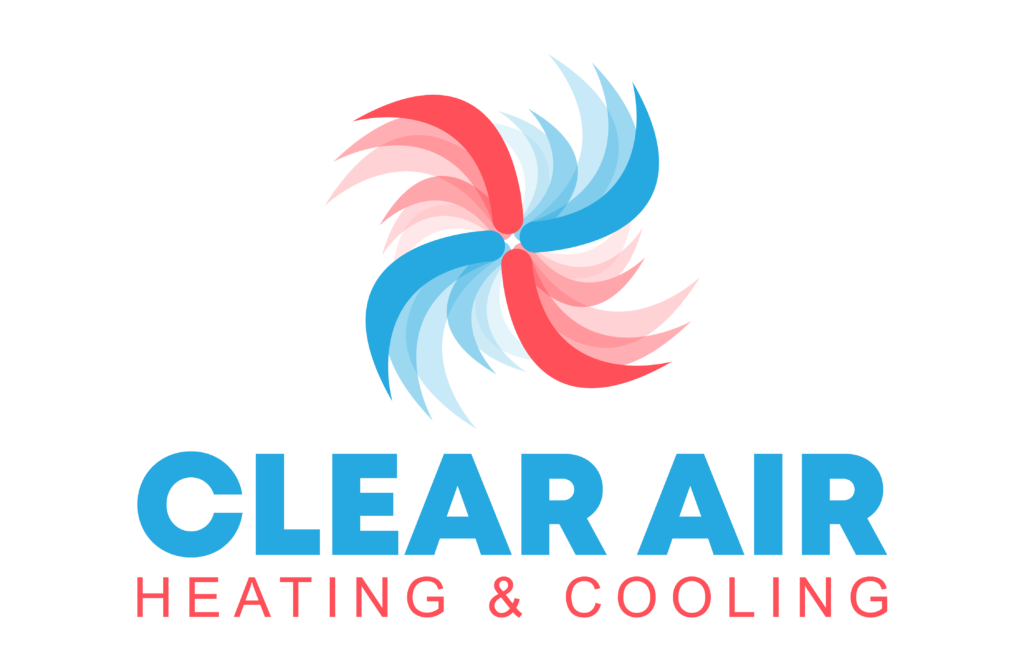Closing Vents
Closing Vents - Understanding the Impacts
When it comes to managing home energy use, many homeowners look for simple solutions to reduce costs and improve efficiency. One common practice is closing vents in unused rooms to direct air conditioning to other parts of the home. While this approach seems logical, it can have unintended consequences. Here, we’ll explore the impacts of closing vents on your air conditioning system and your home’s overall comfort and efficiency.
The Basics of HVAC Systems
Air Pressure Imbalance
Closing vents in unused rooms can create an air pressure imbalance within the HVAC system. The increased pressure can cause the system to exert more effort to force air through the remaining open vents. This can lead to inefficiencies, as the system may cycle on and off more frequently, using more energy instead of saving it. Additionally, the increased pressure can cause leaks in ductwork, further reducing efficiency and potentially leading to costly repairs.
System Strain and Longevity
HVAC systems are designed to operate under specific conditions. When you close vents, the blower motor and other components experience increased strain due to the higher pressure in the ductwork. This added stress can cause premature wear and tear on the system, reducing its overall lifespan and leading to more frequent breakdowns. Instead of saving money, you may find yourself facing higher repair and replacement costs over time
Energy Efficiency Myths
The intention behind closing vents is to save energy by directing cool air to areas where it is needed most. However, this practice can backfire. Because the system is working harder to overcome the pressure imbalance, it can end up using more energy. Studies have shown that closing vents does not result in significant energy savings and may actually increase energy consumption in some cases.
Uneven Cooling and Comfort
One of the primary goals of an HVAC system is to maintain a consistent temperature throughout the home. Closing vents disrupts this balance, leading to uneven cooling. Rooms with closed vents can become hotter, while other areas may become cooler than desired. This uneven distribution of cool air can make your home less comfortable and may lead you to adjust the thermostat, further increasing energy use
Humidity and Air Quality
Proper airflow is essential for maintaining good indoor air quality and controlling humidity levels. Closing vents can hinder this balance, leading to higher humidity levels in certain areas of the home. Increased humidity can promote the growth of mold and mildew, impacting indoor air quality and potentially causing health issues. Proper ventilation ensures that air circulates effectively, reducing humidity and improving overall air quality.
Alternatives to Closing Vents
Instead of closing vents, consider these alternatives to improve energy efficiency and comfort:
Zoning Systems: Invest in a zoning system that allows you to control the temperature in different areas of your home independently. This can provide targeted cooling without disrupting airflow balance.
Programmable Thermostats: Use programmable thermostats to set different temperatures for various times of the day, optimizing energy use based on your schedule.
Regular Maintenance: Ensure your HVAC system is well-maintained with regular inspections and cleaning. A well-maintained system operates more efficiently and can better handle temperature control throughout your home.
Proper Insulation: Improve your home’s insulation to reduce heat gain and loss, making it easier for your HVAC system to maintain a consistent temperature.

Don't Compromise System
While closing vents in unused rooms might seem like an easy way to save on energy costs, it can lead to several negative consequences, including system strain, inefficiency, and uneven cooling.
By understanding the impacts and exploring alternative solutions, you can maintain a comfortable and energy-efficient home without compromising your HVAC system’s performance.
Got questions? We’re just a phone call away.
